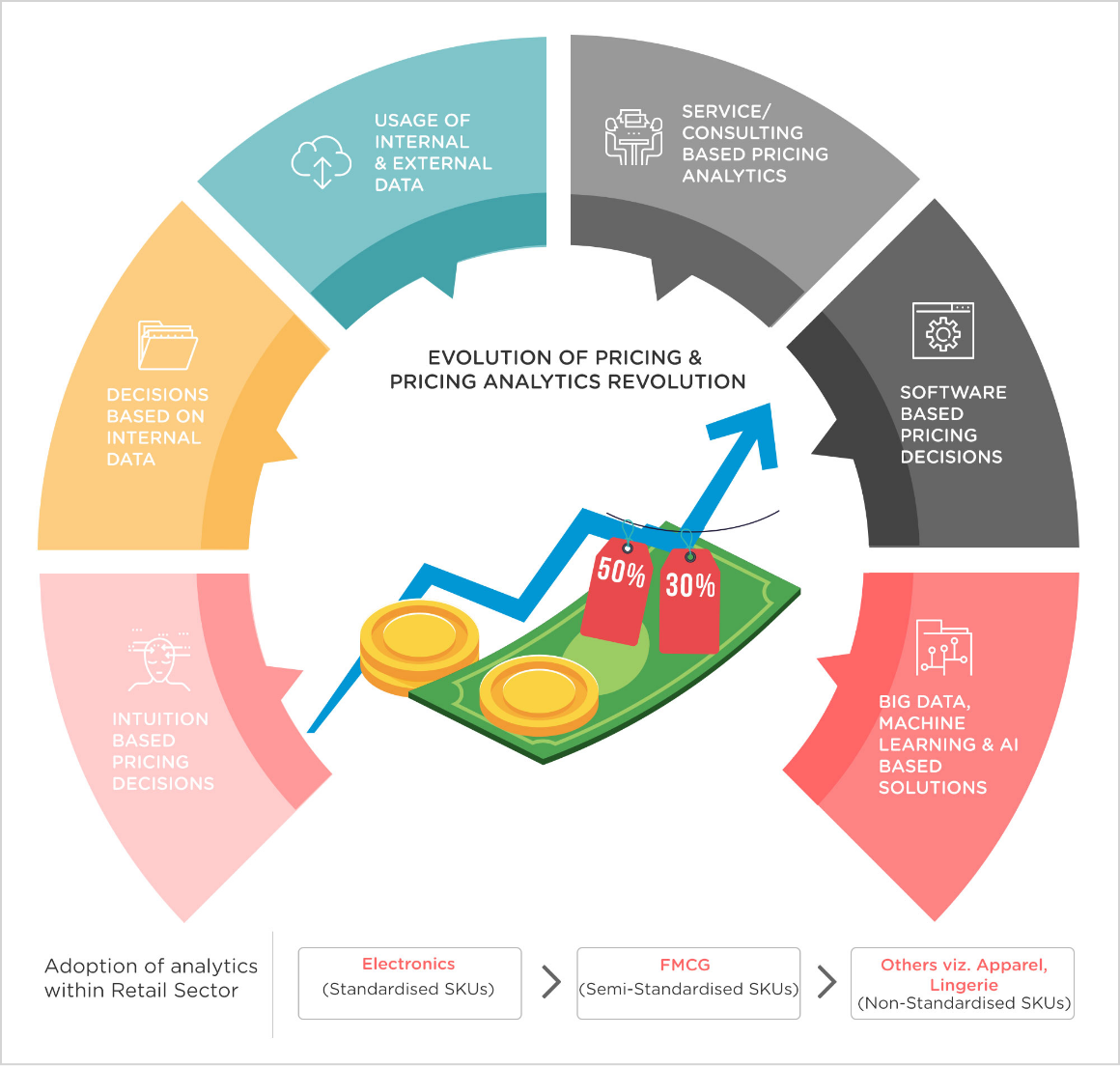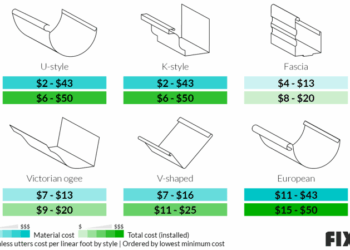Exploring the realm of finance management for ecommerce businesses unveils a critical aspect of ensuring sustainable growth and profitability in the digital marketplace. By delving into the intricacies of financial planning, budgeting strategies, and cash flow management, businesses can navigate the challenges and seize opportunities for advancement.

As we dissect the nuances of finance management for ecommerce enterprises, a comprehensive understanding of the key principles and practices emerges, shedding light on the path to financial prosperity in the competitive online landscape.
Importance of Finance Management for Ecommerce Businesses
Effective finance management is a critical component for the success of ecommerce businesses. It involves monitoring and controlling financial resources to ensure profitability, liquidity, and sustainability in the long run. Without proper financial management, ecommerce businesses may struggle to make informed decisions, allocate resources effectively, and adapt to changing market conditions.
Key Financial Challenges in Ecommerce Operations
- Rapid Cash Flow Cycles: Ecommerce businesses often face the challenge of managing cash flow due to fluctuating sales volumes, seasonality, and inventory management.
- High Competition and Price Sensitivity: The competitive nature of the ecommerce industry can lead to price wars and thin profit margins, making it crucial to optimize costs and pricing strategies.
- Inventory Management: Balancing inventory levels to meet customer demand while minimizing carrying costs and stockouts is a constant challenge for ecommerce businesses.
- Fraud and Cybersecurity Risks: Ecommerce operations are vulnerable to online fraud and cybersecurity threats, requiring investments in secure payment systems and fraud prevention measures.
Impact of Poor Finance Management on Ecommerce Businesses
- Financial Instability: Inadequate financial management can result in cash flow problems, excessive debt, and limited access to capital, hindering growth opportunities.
- Lack of Strategic Planning: Without proper financial planning and analysis, ecommerce businesses may struggle to set realistic goals, make informed decisions, and adapt to market changes.
- Reduced Profitability: Poor finance management can lead to inefficient cost control, pricing strategies, and revenue optimization, ultimately impacting the bottom line and overall profitability.
Financial Planning for Ecommerce Businesses
Financial planning is crucial for the success of ecommerce businesses, as it helps in setting clear goals, managing resources effectively, and ensuring sustainable growth. Here, we'll delve into the steps involved in creating a financial plan tailored for an ecommerce business, compare short-term and long-term financial planning strategies, and provide examples of financial goals that ecommerce businesses should aim to achieve.
Steps in Creating a Financial Plan for Ecommerce Business
- Assess Current Financial Situation: Review income, expenses, and cash flow to understand the financial health of the business.
- Set Financial Goals: Define specific, measurable, achievable, relevant, and time-bound (SMART) goals for revenue, profitability, and growth.
- Create Budgets: Develop budgets for different aspects such as marketing, inventory, technology, and operations to allocate resources efficiently.
- Monitor and Adjust: Regularly track financial performance, compare actual results with planned targets, and make necessary adjustments to stay on course.
Short-Term vs. Long-Term Financial Planning Strategies
Short-term financial planning focuses on immediate goals and cash flow management, while long-term planning involves setting strategic objectives for sustainable growth and expansion. Ecommerce businesses need to balance both strategies to ensure stability and long-term success.
Examples of Financial Goals for Ecommerce Businesses
- Increase Monthly Sales by 20% within the Next Quarter
- Reduce Operating Costs by 15% in the Next Six Months
- Improve Customer Lifetime Value by 10% by the End of the Year
- Expand Product Line to Include 20 New SKUs within the Next Year
Budgeting Strategies for Ecommerce Operations
Budgeting is a crucial aspect of financial management for ecommerce businesses
. By implementing effective budgeting strategies, businesses can ensure proper allocation of funds and resources to different areas of operation, ultimately leading to financial stability and growth.
Different Budgeting Techniques
- Zero-Based Budgeting: This technique requires businesses to justify every expense from scratch, ensuring that all costs are necessary and contribute to business objectives.
- Incremental Budgeting: In this method, budgets are based on previous period's budget with adjustments made for any changes or growth in the business.
- Activity-Based Budgeting: This approach focuses on the activities that incur costs and allocates budgets based on the resources required for each activity.
Importance of Budget Allocation
Proper budget allocation is essential for ecommerce businesses to manage their finances efficiently. Allocating budgets for marketing, inventory, technology, and other expenses ensures that resources are utilized effectively to drive growth and profitability.
Ensuring Financial Stability and Growth
By implementing a well-defined budgeting process, ecommerce businesses can ensure financial stability and foster growth. Budgeting helps in identifying areas of overspending, optimizing resource allocation, and making informed financial decisions that support long-term sustainability.
Cash Flow Management in Ecommerce
Cash flow management is crucial for the success of ecommerce businesses, as it involves monitoring the flow of cash in and out of the company. It is essential for ensuring that there is enough cash to cover expenses, make investments, and sustain operations.
Optimizing Cash Flow in Ecommerce
Optimizing cash flow in an ecommerce setting is vital to maintaining financial health and stability. Here are some tips to help ecommerce businesses manage their cash flow effectively:
- Monitor and track cash flow regularly to identify patterns and predict future cash needs.
- Implement efficient payment processing systems to speed up cash inflows.
- Negotiate favorable payment terms with suppliers to manage cash outflows effectively.
- Offer incentives for early payments from customers to improve cash flow.
- Consider alternative financing options, such as lines of credit, to bridge cash flow gaps.
Addressing Cash Flow Challenges in Ecommerce
Ecommerce businesses often face specific cash flow challenges that require strategic solutions. Here are some common challenges and how to address them effectively:
- Seasonal fluctuations: Plan ahead and build cash reserves during peak seasons to cover expenses during slow periods.
- Inventory management: Optimize inventory levels to prevent tying up excess cash in slow-moving products.
- Customer returns and refunds: Implement strict return policies and processes to minimize the impact on cash flow.
- Overhead costs: Regularly review expenses and look for ways to reduce overhead to improve cash flow.
Concluding Remarks
In conclusion, mastering finance management for ecommerce businesses is not just a necessity but a strategic advantage that can propel ventures towards unparalleled success. By implementing robust financial strategies and embracing a proactive approach to monetary decisions, businesses can chart a course towards sustained growth, resilience, and profitability in the dynamic digital realm.
Question Bank
What are the key financial challenges specific to ecommerce operations?
Some key challenges include managing cash flow fluctuations, dealing with high competition, and balancing marketing expenses with revenue generation.
How can budgeting ensure financial stability and growth for ecommerce businesses?
Effective budgeting helps in allocating resources efficiently, controlling costs, and identifying areas for investment that can drive growth and sustainability.
What are some tips for optimizing cash flow in an ecommerce setting?
Optimizing inventory management, negotiating favorable payment terms with suppliers, and diversifying revenue streams are effective strategies for improving cash flow.
 As we dissect the nuances of finance management for ecommerce enterprises, a comprehensive understanding of the key principles and practices emerges, shedding light on the path to financial prosperity in the competitive online landscape.
As we dissect the nuances of finance management for ecommerce enterprises, a comprehensive understanding of the key principles and practices emerges, shedding light on the path to financial prosperity in the competitive online landscape.












